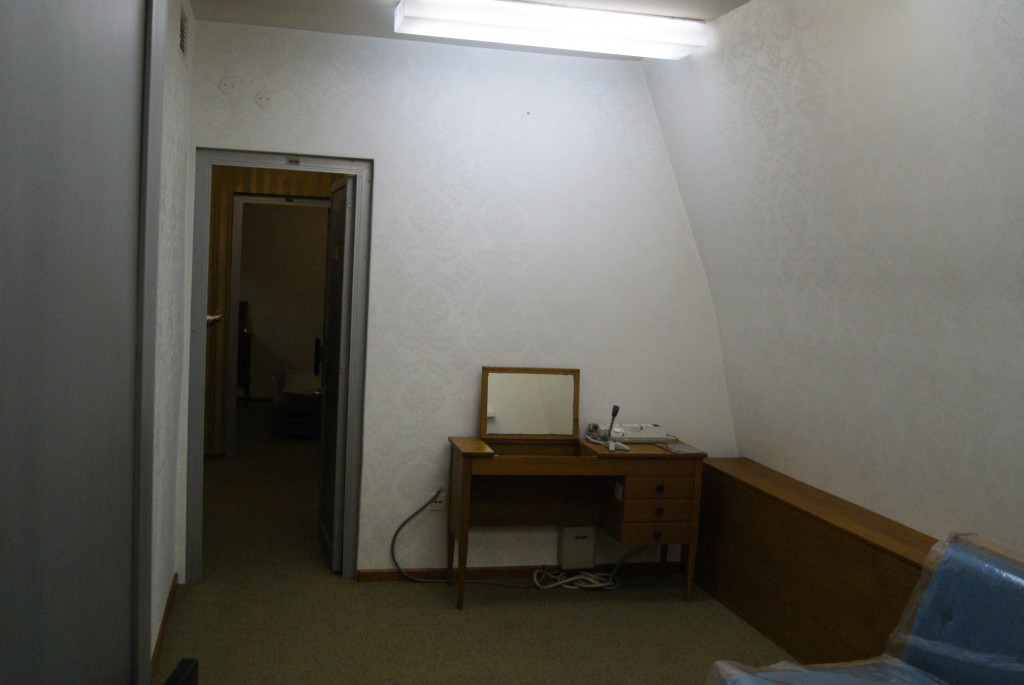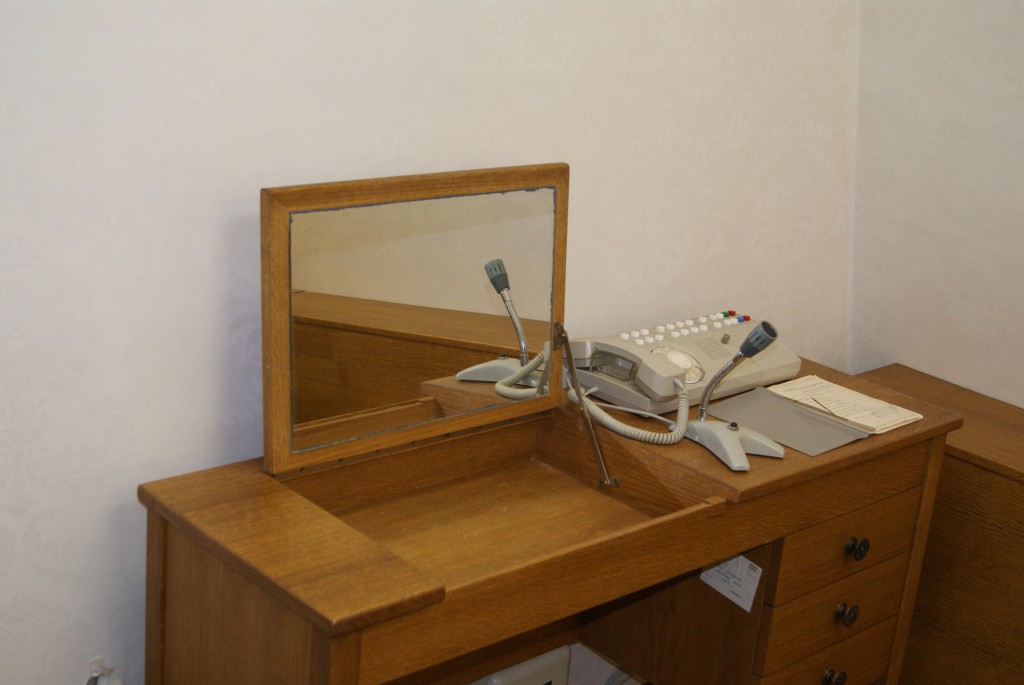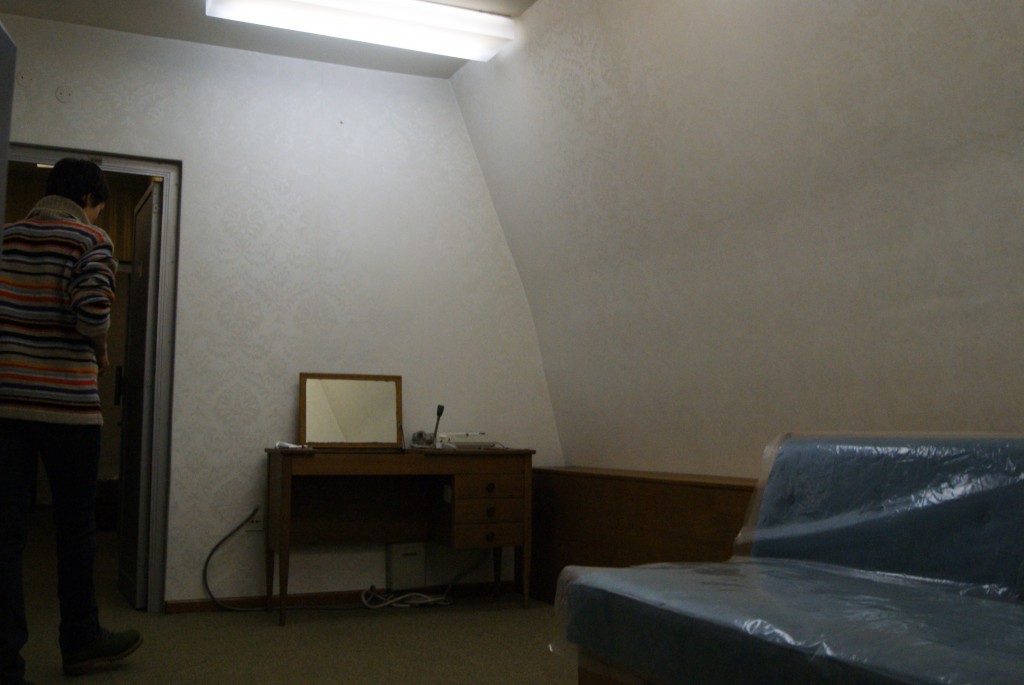Maja Bajevic, Jovanka Broz, 2011, installation.
Exhibition view: 1st Time Machine, The Biennale of Contemporary Art, D-O Ark Underground, Konjic, Bosnia and Herzegovina (Curators Branislav Dimitrijevic & Petar Cukovic), 2011.
Jovanka Broz
The young Partisan girl from Lika, Jovanka Budisavljevic, married at the age of 28, in 1952, the president of Yugoslavia Josip Broz Tito, 32 years older then herself, and thus became the first lady of the country.
Their relationship deteriorated in the early 1970ties and became fodder for fierce political debates. Jovanka claimed she was trying to protect her aging husband from various agents – she considered ten of his eleven party State Secretaries (Ministers) to be agents of some sort. Her enemies suggested the opposite, that she was the one working against her own husband.
According to a 1988 report written for the SFRJ Presidency, between 1974 and 1988, Yugoslavia’s highest political forums spent 59 meetings solely discussing Jovanka. This process was actually started by Tito’s own decision on January 21, 1974, when he ordered the Communist League to form a special commission to look into “the case of comrade Jovanka”.
On July 27, 1980, not even three months after Tito’s death, men broke into the residence at 15 Užička where she was living. They ransacked the place, confiscated her property and forcedly moved her to 75 Bulevar Mira, where she was placed under house arrest.
Ever since then, Jovanka has stayed away from the spotlight. Recently, in a rare 2003 interview, she absolved Tito of responsibility for what happened to her, saying he did everything possible to save her life.
The first lady of Yugoslavia is still remembered by her typical hairstyle referred to as Jovanka’s updo.
I invited woman from all former Republics of Yugoslavia to donate a part of their hair to create a crown-like wig in the form of Jovanka’s updo. Jovanka’s haircolor is dark brown, a color very frequent in ex-Yugoslavia. Her hair crown is the only jewellery and status symbol that she was able to keep after her marriage. The wig was placed in the bunker under spotlights, on the level of eyes, as if it was a crown.




